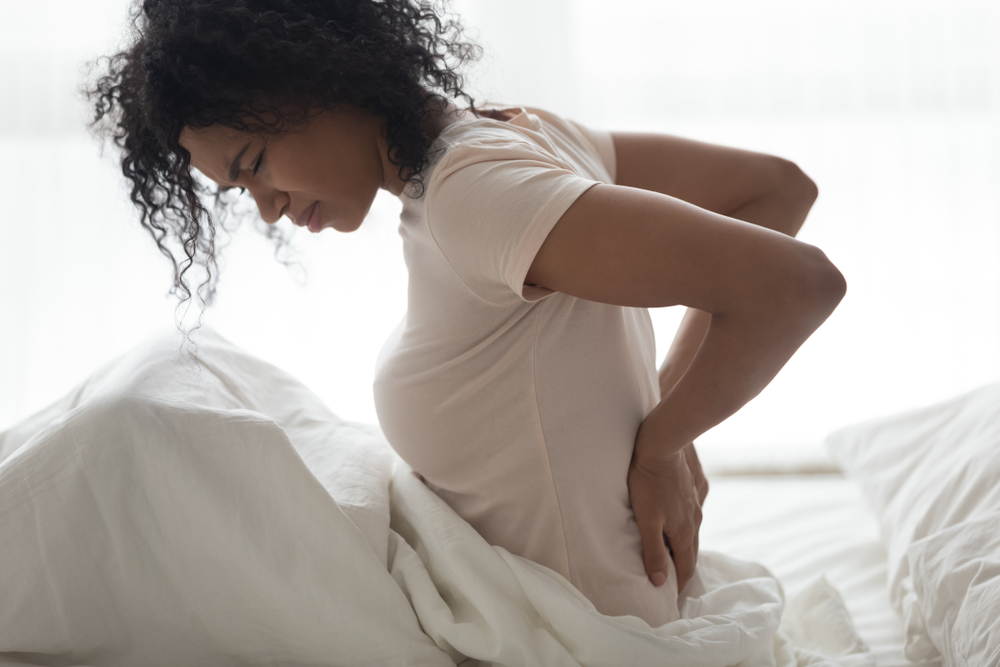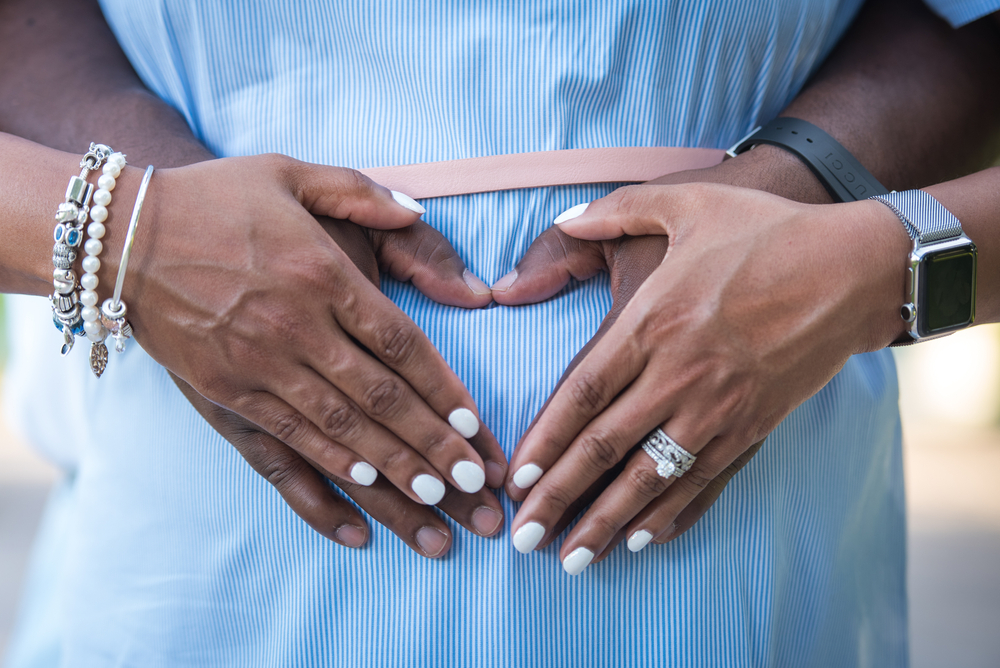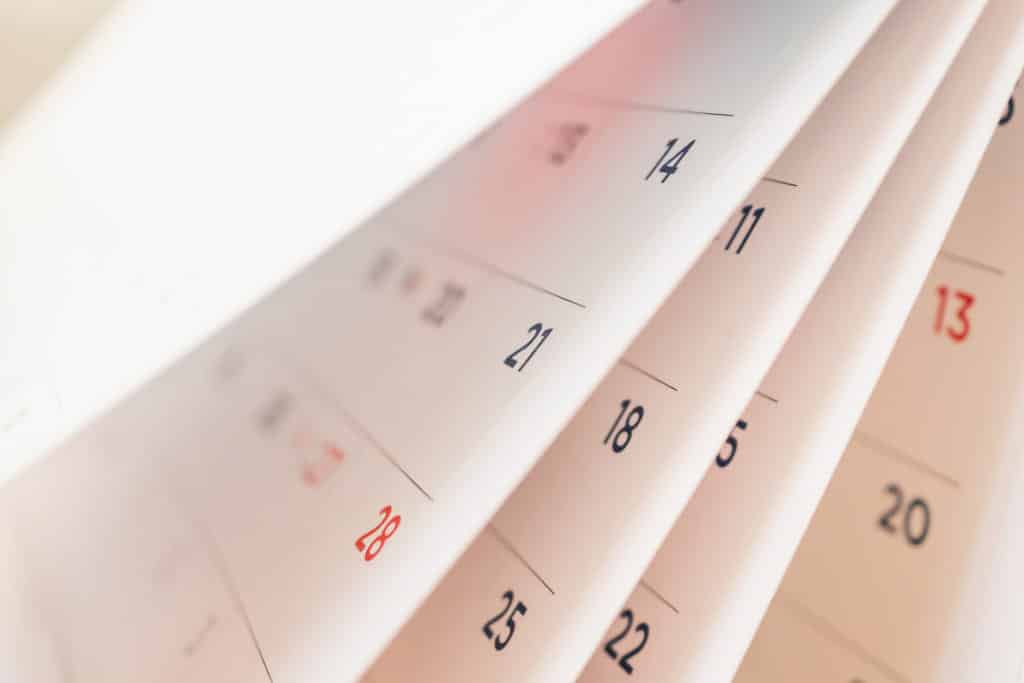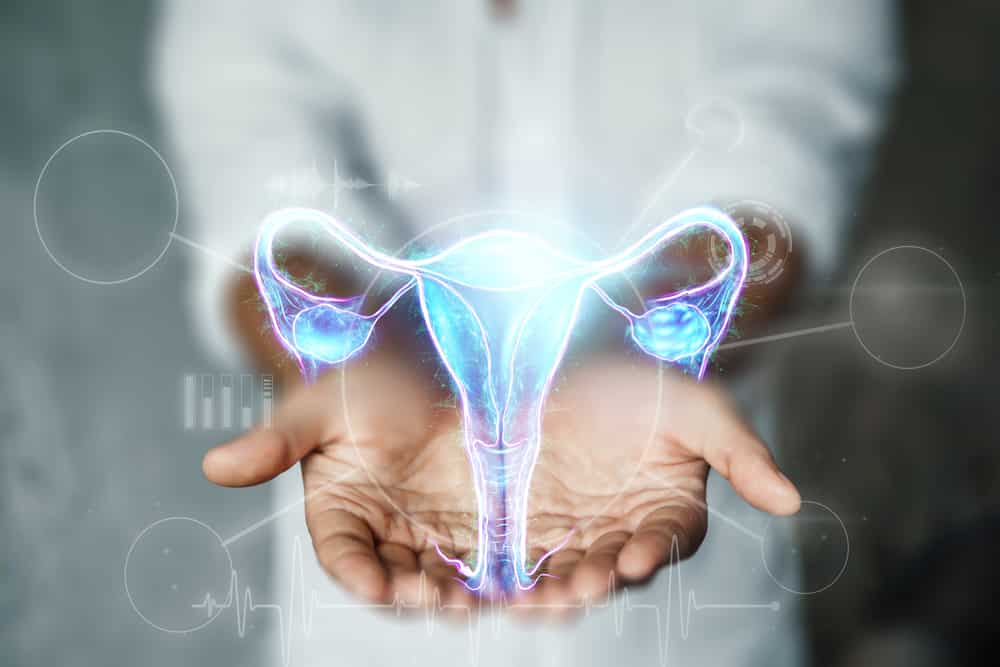The truth is, most women don’t hear about afterpains until they start experiencing it post-delivery. This doesn’t have to be your story. If you’re pregnant or about to be pregnant, it’s great you are reading this now as it prepares you for what comes after the arrival of your little one.
Although afterpains can be painful and discomforting, it is usually not a cause for concern.

This article presents you with all you need to know about afterpains and adequate preparations you should make for it. In addition, you’d get to know what to do if you are experiencing after pains.
Table of contents:
First, What are Afterpains?
Afterpains are contractions of the uterus that happen after you have delivered your baby.
These contractions are milder compared to the ones you experienced during labor not forgetting water breaking. While labor pains helped you push out your baby from the uterus, afterpains help your uterus return to almost its initial size and shape.
During pregnancy, your uterus would have expanded to about 25 times its original size, and after your little one has been born, there’s no need for it to remain like that, hence the need to contract. Aside from helping your uterus return to its original size, these contractions also prevent you from losing too much blood after delivery.
Although it took your uterus about 38 weeks to expand to this size, the process of reversal won’t take that long. In about four to six weeks, your uterus should be back to its previous size.

Variations of Afterpains
Just as the experiences of each mother differ during pregnancy, the experiences postpartum also differ. Some second-time moms have said that the pain they felt after their second delivery was far worse than the first. However, this may not be true for every case.
Whether this is your second birth or first, you may notice that the pains are greatest while you are breastfeeding. This is because your uterus and your breast both respond to the hormone oxytocin. Oxytocin is responsible for the contraction and relaxation of your uterus and it is also the hormone at work when you are breastfeeding.
This is why the pain may be worse while you are breastfeeding.
How Long Do Afterpains Last?
Afterpains may start just after delivery and most times last for the first 10 days after delivery. This pain peaks in intensity or worsens in the first 2-3 days after delivery. Sometimes, the pain may even last until your uterus has returned to almost its size before you became pregnant, about 6 weeks.

If you had a cesarean section, it is also likely that you will have afterpains in the pattern described above.
What Can You Do?
First, it is important that you know that afterpains though painful, are needed for your uterus to go back to its original size. Therefore, the treatment goal is not to stop the contractions, rather it is to make you more comfortable.
OTC Medications
Some over-the-counter drugs like Ibuprofen can help you relieve afterpains. You can take them before breastfeeding. But make sure that the OTC medication you are using is safe for breastfeeding mothers. Also, avoid using drugs without your doctor’s approval.
Light Exercise and Movement
Yeah, moving around or doing anything may seem rather unappealing at this point in time, but it really helps for you to get up and move a bit! Also, moving around helps to relieve constipation (that’s great news if you are experiencing constipation after delivery). However, it’s important to keep the routine light and avoid any stressful activities.
Try these Simple Steps
You can also try putting hot water bottles on your abdomen or using a warm compress.
You can make some lifestyle modifications to help you relieve the pains too. These include following a diet high in fiber, fresh fruits, and vegetables, drinking a lot of water, and engaging in light exercise.
As you get to attend to duties and take care of your new baby, find time to relax.
When you are having pain, try to take some deep breaths. This will help you stay calm and go through it smoothly.
Remember, nothing lasts forever, including afterpains.
When to Call Your Doctor
Although afterpains are quite common and normal, you may need to call your doctor if the pain is severe and you are not getting any relief, or if it is associated with other symptoms.

If you have any of the following symptoms, you need to see your doctor immediately:
- Excessive bleeding: Bleeding after delivery is considered heavy when you soak your pad more than once every 1-2 hours.
- Fever: Any temperature that is 38°C or more may be a sign of infection.
- Pain while urinating: Frequent and/or painful urination may be a sign of a urinary tract infection (UTI). If left untreated, UTI can become worse.
- Smelly discharge: Having discharge is normal after delivery. However, if it becomes smelly or has a strange color, it may be a sign of a bacterial infection.
Extra tips
You have a lot going on around you just after you have given birth. Your responsibilities have just increased and your newborn needs a lot of your attention. Nonetheless, you should create time for yourself to rest and relax.
Take your mind off the activities and take good care of yourself.
We also recommend emptying your bladder often. This is because having a full bladder can make the contractions less efficient. Applying slight pressure on your stomach can also help. You can do this by gently massaging your lower abdomen while you are experiencing the pain.
Also, you don’t need to raise any alarm if you are not experiencing afterpains. Not all women experience them. The good news is, that you don’t have afterpains, does not mean that your uterus will not return to its initial size in good time.
If your pain is worsening instead of relieving you, or it is associated with some of the symptoms listed above, you should see your doctor immediately.
We are always here to help you, Mama
References
Rianne C. Bijl, Liv M Freeman, Philomeen T. M. Weijenborg, Johanna M. Middeldorp, Albert Dahan, and Eveline L. A. van Dorp (2016). A retrospective study on persistent pain after childbirth in the Netherlands. Journal of Pain Research. Accessed on 13th January, 2022 from https://www.ncbi.nlm.nih.gov/pmc/articles/PMC4716743/#!po=82.0755

